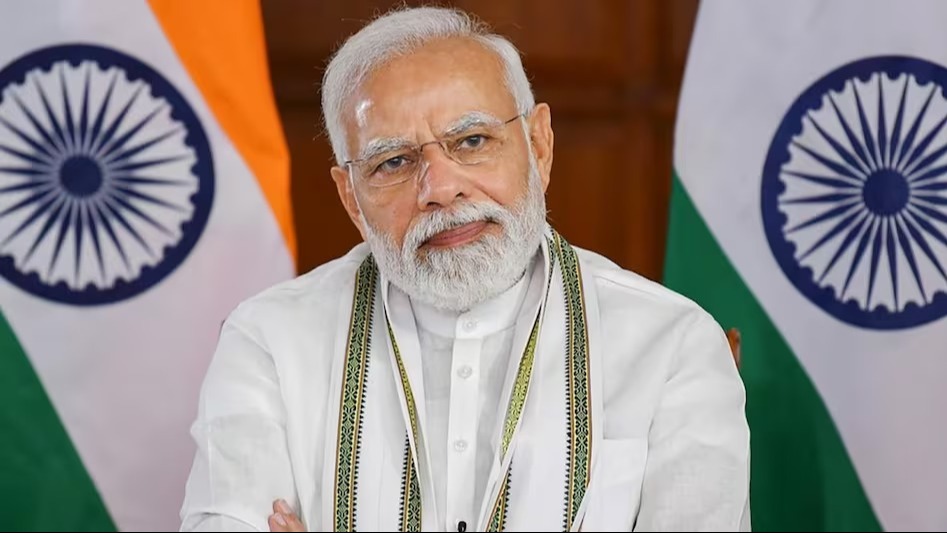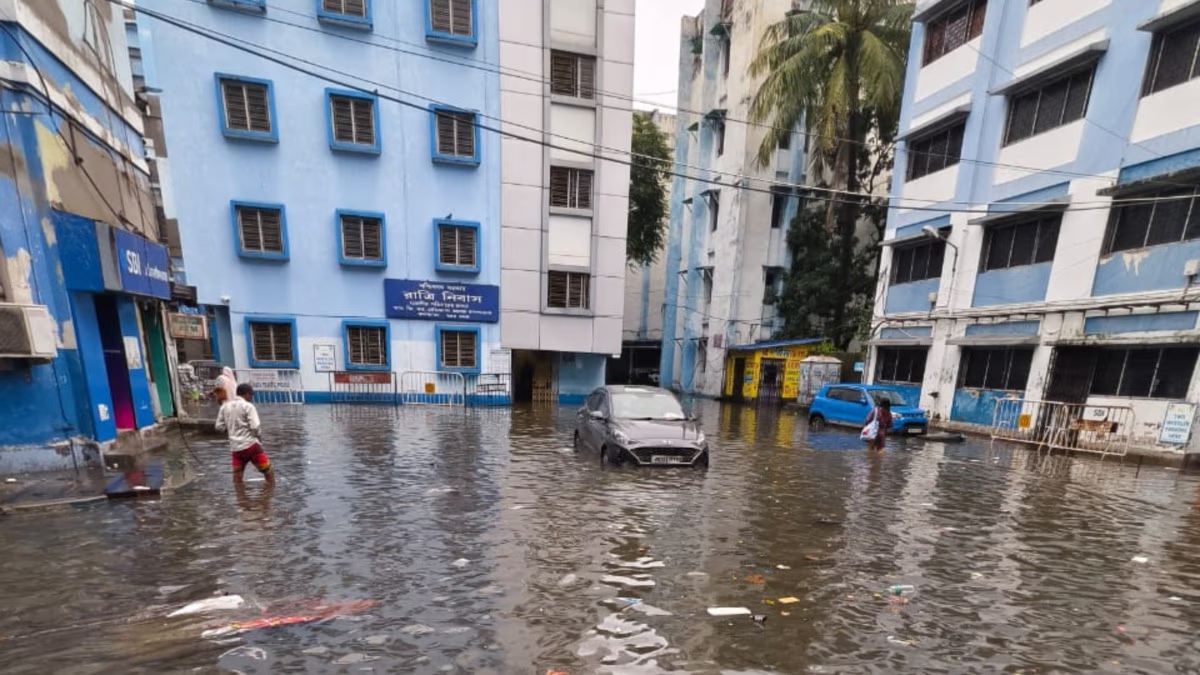On Monday evening, Prime Minister Narendra Modi saluted DRDO for the successful inception of the 'Mission Divine Weapon', writing on social media platform X, "We are proud of our DRDO scientists for the Agni-V missile's maiden flight test, equipped with the MIRV technology, under the 'Mission Divine Weapon'."
In 2022, India's mightiest missile was tested successfully. It then annihilated its target, situated 5500 kilometers away. This missile is a joint venture by DRDO (Defence Research and Development Organisation) and BDL (Bharat Dynamics Limited). The issue isn't just the missile's range; rather, countries like China fear that their entire area falls within its striking radius.
The Agni-V's Distinguished Features
The Agni-V missile weighs 50,000 kilograms, stretches 17.5 meters in length, and has a diameter of 2 meters or 6.7 feet. It can bear a nuclear warhead weighing up to 1500 kilograms. This missile has a three-stage rocket booster that operates on solid fuel. It travels at a speed 24 times that of sound, covering 8.16 kilometers per second. The Agni-V missile strikes at 29,401 kilometers per hour, attacking its target with precision. It features advanced guidance systems like the ring laser gyroscope inertial navigation system, integrated GPS, and NavIC satellite guidance. The missile is remarkably accurate, making it nearly impossible for the target to escape, even if it moves 10 to 80 meters from its location.
The Missile's Blueprint Was Conceived in 2007
Scientist M. Natarajan first envisaged this missile in 2007. The Agni-V (Agni-V ICBM) deploys mobile launchers for its launch, making transfer to any location feasible on a truck. A control and guidance system of just 200 grams governs the 50,000-kilogram Agni-V missile, installed right on the missile. This is referred to as the system-on-chip (SOC) based on-board computer. The MIRV technology means that 2 to 10 weapons can be mounted on the tip of the missile, hence a single missile can accurately target 2 to 10 different areas spread over several hundred kilometers at once.
Multiple Successful Test Runs
The Agni-V ICBM's initial successful trial occurred on April 19, 2012. Subsequent triumphs followed on September 15, 2013, January 31, 2015, December 26, 2016, January 18, 2018, June 3, 2018, and December 10, 2018. The Agni-V missile has exceeded a half-dozen successful tests, where various standards have measured its ability to obliterate the enemy efficiently.




